96% Alumina CTE: What is the Thermal Expansion Coefficient of Alumina?
What is 96% Alumina Substrate?
96% alumina is a type of technical ceramic substrate that contains 96% aluminum oxide and 4% other oxides, such as calcium, magnesium, or silica. These additives help during sintering and slightly tweak mechanical or thermal traits. It's not as pure as 99.5%, 99.6% or 99.9% alumina but still offers impressive performance for most electronic and industrial uses.
This material is often pressed, fired, and then machined into substrates used in ceramic PCBs. Its surface is hard, smooth, and thermally stable. It can endure heat, stress, and corrosion better than many plastic or metal alternatives. That’s why engineers choose it for power electronics, RF systems, and lighting applications.
Compared to 99.9% or 99.6% alumina ceramic substrate, 96% alumina balances the good performance with lower cost, so it is still one of the most widely used grades in ceramic PCB manufacturing.
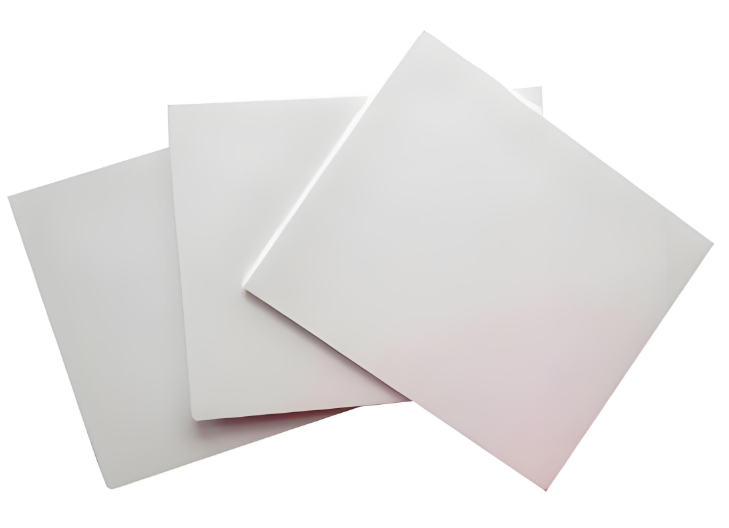
What is the Thermal Expansion Coefficient of Alumina?
The thermal expansion coefficient (CTE) describes how much a material expands or contracts with temperature. For example, when alumina ceramics are heated, their size will increase; when cooled, it will shrink. This coefficient is generally expressed by the relative change in length or volume caused by a unit temperature change, and the units are commonly 1/℃ or 10⁻⁶/℃.
For 96% alumina, the CTE typically falls between 6.5 x 10⁻⁶ to 7.5 x 10⁻⁶ per °C within the standard operating range. Which means that for every 1℃ increase in temperature, its length increases by 6.5-7.2×10⁻⁶ of the original length. In simpler terms, this material changes its size very little when heated. That's a big deal in electronics. When different parts expand at different rates, mechanical stress builds up. Over time, that stress can lead to delamination, solder joint failure, or even component cracking.
Alumina’s low and stable CTE helps minimize these risks. It aligns well with materials like silicon and certain metals, making it a great choice for hybrid circuits and multilayer boards. Its dimensional stability under thermal cycling ensures longer product life and fewer failures in the field.
Factors That Affect CTE of Alumina Substrate
- Impact of Purity and Additives
High-purity alumina ceramics (with over 99.9% Al₂O₃) typically show stable thermal expansion coefficients. In contrast, standard grades like 96% alumina contain impurities that can cause fluctuations. Impurities such as SiO₂ and CaO alter the internal crystal structure and atomic bonding forces. Additionally, sintering aids or additives like Y₂O₃ may interfere with the microstructure and further affect the thermal expansion rate.
- Grain Size and Grain Boundary Conditions
Generally, the smaller the grains, the lower the thermal expansion coefficient. Smaller grains mean more grain boundaries, where atoms are loosely packed and higher in energy—this helps absorb thermal stress. Larger grains, with fewer boundaries, tend to have higher thermal expansion. Defects like impurity segregation or porosity at the grain boundaries can change the material’s elasticity and thermal conductivity, thus influencing expansion. Excess impurities can lead to an increased expansion rate.
- Temperature Range
The thermal expansion of alumina ceramics isn’t constant—it changes nonlinearly with temperature. At low temperatures, atomic vibrations are weak, so the expansion is minimal and gradual. As the temperature rises, atomic vibrations become more intense, and the thermal expansion rate increases. Near phase transition temperatures or the melting point, the expansion coefficient can shift significantly. For example, a phase change from α-Al₂O₃ to γ-Al₂O₃ can cause a sudden jump in the expansion rate.
Alumina CTE vs Temperature
As mentioned as above, the CTE of alumina substrate isn't entirely flat across all temperatures—it changes slightly as the material heats up. But the rate of change is slow and predictable. Below is a general comparison:
|
Temperature (°C) |
Approx. CTE (x10⁻⁶ /°C) |
|
25 |
6.5 |
|
100 |
6.8 |
|
300 |
7.2 |
|
500 |
7.4 |
|
800 |
7.7 |
The increase is gradual and steady. This stability matters when alumina is paired with metals or semiconductors. Mismatched expansion causes fatigue over time, especially in cycling applications.
In LED modules, for example, repeated on-off cycles heat the board again and again. A material like 96% alumina keeps the stress low during these cycles. That helps components last longer, even in tough conditions.
96% Alumina Substrate Main Characteristics
- High wear & chemical resistance
- Heat resistant
- High mechanical strength
- Small dielectric loss
- Good thermal conductivity
- High light reflection
- 0% water absorption
- Dimensional stability
- High electrical insulation
96% Alumina Oxide Material Properties
|
Property |
Value |
|
Purity |
96% Al₂O₃ |
|
Color |
White |
|
Density |
3.7 – 3.8 g/cm³ |
|
Thermal Conductivity |
18–22 W/m·K |
|
Dielectric Loss |
3*10^-4 |
|
Coefficient of Thermal Expansion (CTE) |
~6.5–7.7 x10⁻⁶/°C |
|
Flexural Strength |
300–350 MPa |
|
Compressive Strength |
2000+ MPa |
|
Dielectric Strength |
>15 kV/mm |
|
Dielectric Constant |
~9.5 (at 1 MHz) |
|
Surface Roughness |
0.2-0.75um |
|
Water Absorption |
0% |
|
Reflectivity |
94% |
96% Alumina vs. 99% Alumina Substrates
1. Purity
- You must know, the higher the purity, the better the performance. 96% alumina contains approximately 4% secondary oxides such as silica, calcium oxide, or magnesia. These additives support sintering and processing but slightly alter the crystalline structure.
- 99% alumina, by contrast, has a more refined structure with fewer impurities. This results in improved chemical stability, tighter thermal behavior, and better dielectric performance.
2. Cost
96% alumina is significantly more cost-efficient. The presence of sintering aids lowers the firing temperature and makes it easier to manufacture at scale, which reduces the price. 99% alumina comes at a premium due to higher processing standards and raw material purity. It's more expensive to produce and more demanding to machine.
3. Performance
- 96% alumina delivers better performance than normal FR4 PCB. It maintains good electrical insulation, moderate thermal conductivity, and solid mechanical strength. It's a well-rounded choice for most low- to medium-demand applications.
- 99% alumina performs exceptionally well under thermal stress, high voltage, and corrosive conditions. It has higher dielectric strength, better thermal conductivity, and enhanced structural integrity. So it is suitable for high-reliability and extreme environments.
4. Applications
- 96% alumina substrates are widely used in consumer electronics, automotive sensors, LED lighting, power resistors, and RF modules. They're ideal where cost and volume are major factors.
- 99% alumina substrates serve in medical implants, aerospace modules, high-frequency circuits, power semiconductors, and advanced sensor systems. These are environments where purity, stability, and performance consistency are non-negotiable.
How to Make the Right Choice Between 96% and 99% Alumina Substrate?
Many engineers ask: should I use 96% or 99% alumina? Which is best for my project? Here is a small tip for making a right decision:
Choosing 96% alumina ceramic substrate if it meets:
- Your product runs hot and needs a material that can handle thermal stress without breaking down.
- You're building RF modules or high-voltage circuits and need stable dielectric properties.
- You want a rugged substrate that resists cracks, fractures, or warping during assembly or operation.
- Your product is headed for mass production, and you need a cost-effective, high-yield material.
- You’re working with LED lighting, power resistors, IGBT modules, or industrial control systems and want something proven, stable, and versatile.
Choosing 99% alumina ceramic substrate if it meets:
- Your device handles high-frequency signals or extreme voltages—99% alumina provides stable dielectric properties across a wide range.
- You’re working with high-power modules or high-density circuits where heat buildup is a concern—its superior thermal conductivity helps manage it efficiently.
- The environment is harsh—exposed to chemicals, moisture, or temperature swings—this grade resists corrosion and maintains its performance.
- You need tight tolerances and dimensional accuracy, especially in aerospace, medical, or military systems where every micron matters.
- Your project demands long-term reliability and minimal material drift—this high-purity substrate supports consistent performance over years of operation.
Why Choose Best Technology as Your Ceramic PCB Supplier?
Best Technology is one of Asia’s premier ceramic PCB manufacturers, trusted by engineers worldwide. We offer a wide range of ceramic substrates to match your specific needs, including 96%, 99%, 99.5%, 99.6%, and 99.9% alumina, as well as advanced materials like BeO, AlN, Si₃N₄, and ZrO₂.
What sets us apart is our engineer-level sales support. You won’t face long delays waiting for feedback from a separate engineering team. Our sales representatives are highly technical and can offer immediate, tailored solutions—saving you time and avoiding costly miscommunications.
We’re fully certified with ISO 13485, IATF 16949, and AS9100D, meaning the ceramic PCBs we produce meet the stringent standards required for aerospace, automotive, and medical applications. Whether you're developing cutting-edge LED systems, power modules, or RF circuits, you’ll benefit from our technical expertise, competitive pricing, fast lead times, and an unwavering focus on quality. If you are searching for a trusted ceramic PCB supplier, you are welcome to contact us, our sales are always online to serve you!


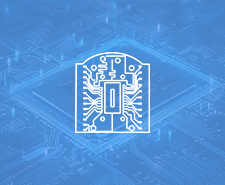




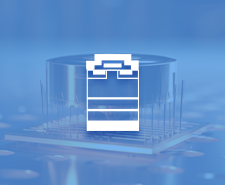
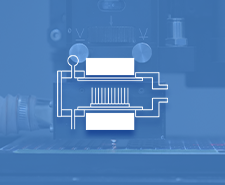
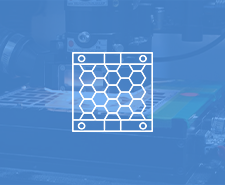
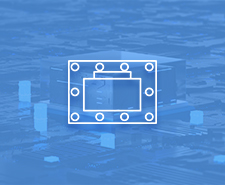



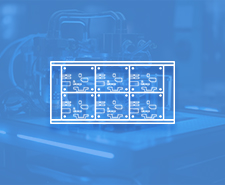


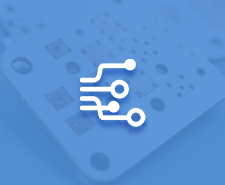
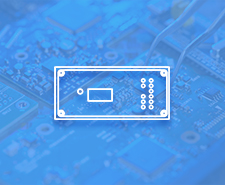
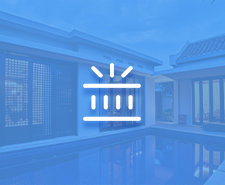
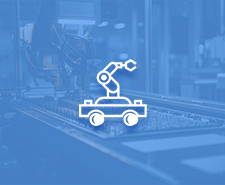
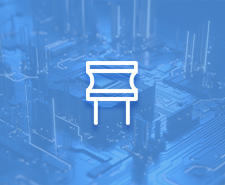
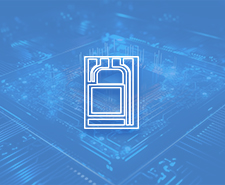

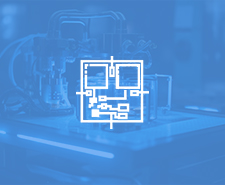



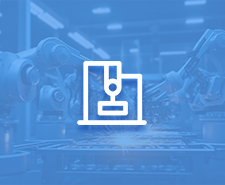

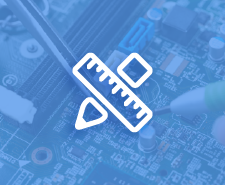
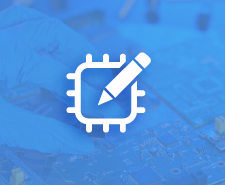




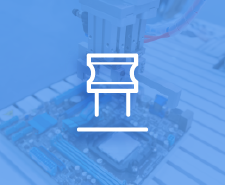

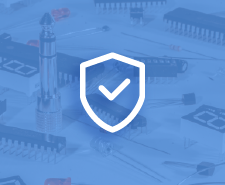


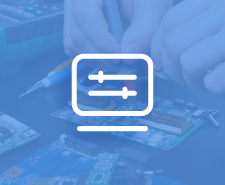

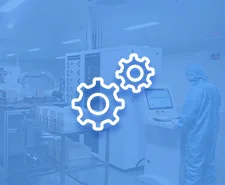
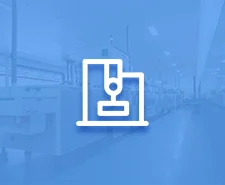
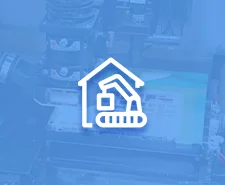
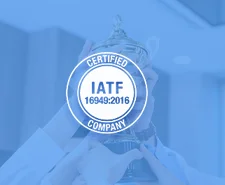
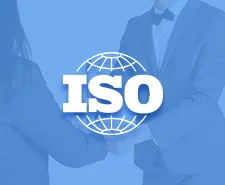
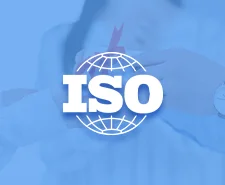





 HOME
HOME







